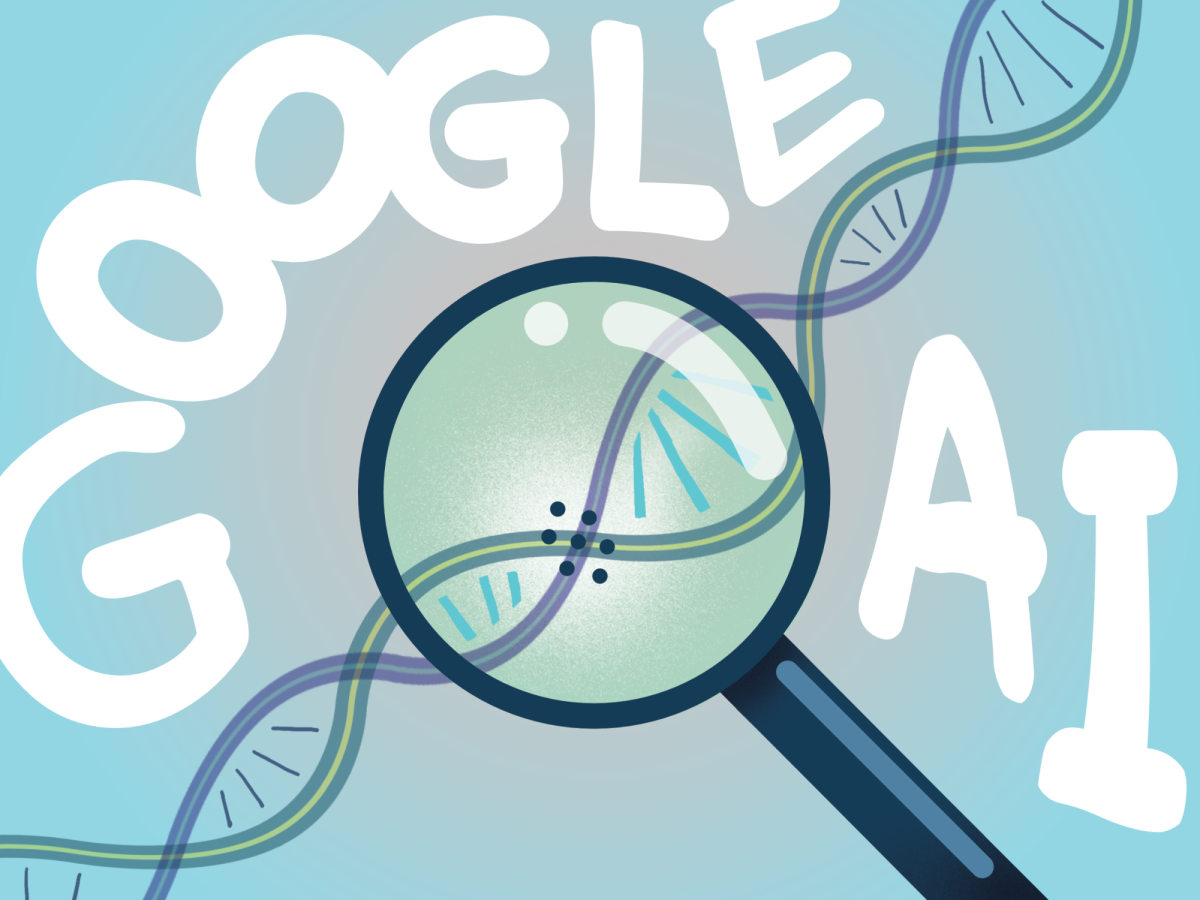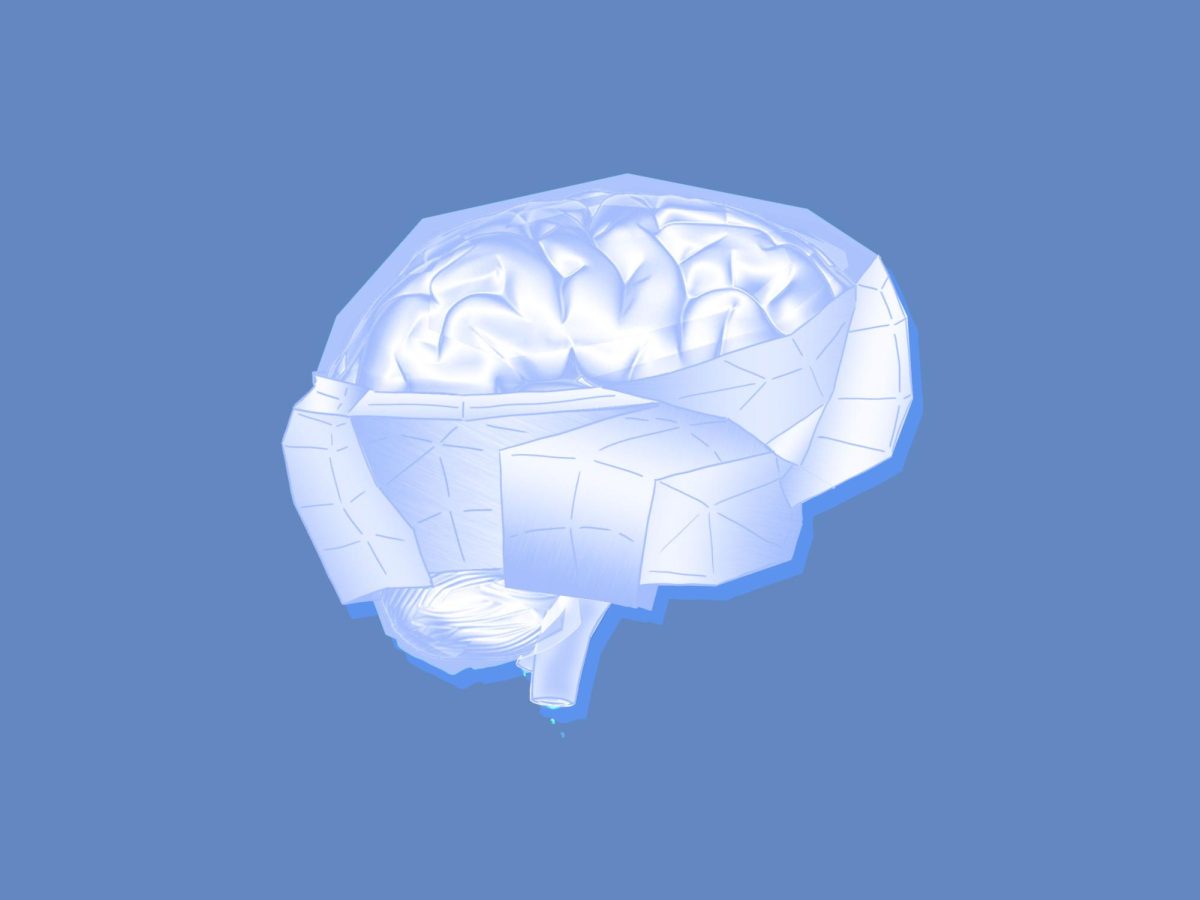Scientists believe humans are to blame for the mass extinctions of multiple species which make up the branches in the “Tree of Life.”
The “Tree of Life” is a concept, believed by a variety of cultures, representing how human lives are connected with other living things on Earth. It is also called phylogenetics, or the study of how groups of organisms connect to each other and evolve over time.
The Earth is currently experiencing its sixth mass extinction, which included the passenger pigeon, the Tasmanian tiger and the Yangtze River dolphin. These extinctions have dire consequences, not only including species but entire genera.
Species represent one type of animal while genus refers to a group of similar animals with a common ancestor.
Scientists list five human-caused actions which had a direct impact on the extinction of these species.
This list includes habitat destruction caused by urbanization — human population in rural areas increasing and subsequently increasing residential and commercial buildings alongside transportation.
Another human-caused action includes overexploitation of animal habitats including fishing, hunting and poaching more than necessary causing a decline in species’ population.
An increase in pollution and the climate crisis are also clear causes.
Lastly, humans transporting invasive species into newer areas causes a decline in native species and ultimately aids in extinction of these native species.
By far, the largest impact has been on birds with , the rate of which is 35 times higher than in the last million years.
The extinction of so many bird genera is detrimental to humans. For example, passenger pigeons, which went extinct in the 1900s, used to consume the most acorns and other seeds. Once they went extinct, there was an increase in white-footed mice who earlier had to compete for food which the passenger pigeons ate.
White-footed mice are the primary carriers of the bacteria which causes Lyme disease. With the increase of these rodents, there has been an uptick of Lyme disease.
Another example of the direct impact on humans is the decline of amphibian tadpoles, which feed on malaria carrying mosquitos. A decline in amphibians meant a surge of Malaria infections in Central America.
Scientists have shared various political, social and economic actions to take to slow down and prevent these extinctions.
These include protecting vital habitats and expanding these spaces to provide refuge for species that are at risk.
Sustainable practices are important not only for preventing the climate crisis but also for preventing habitat loss. Encouraging sustainable farming, fishing and forestry is important to protect species which are at risk.
This requires not only individual action but also international agreement to create policies to protect at-risk animals. Educating the public about the importance of protecting these habitats and how mass extinctions have a direct impact on us can encourage large-scale action.









